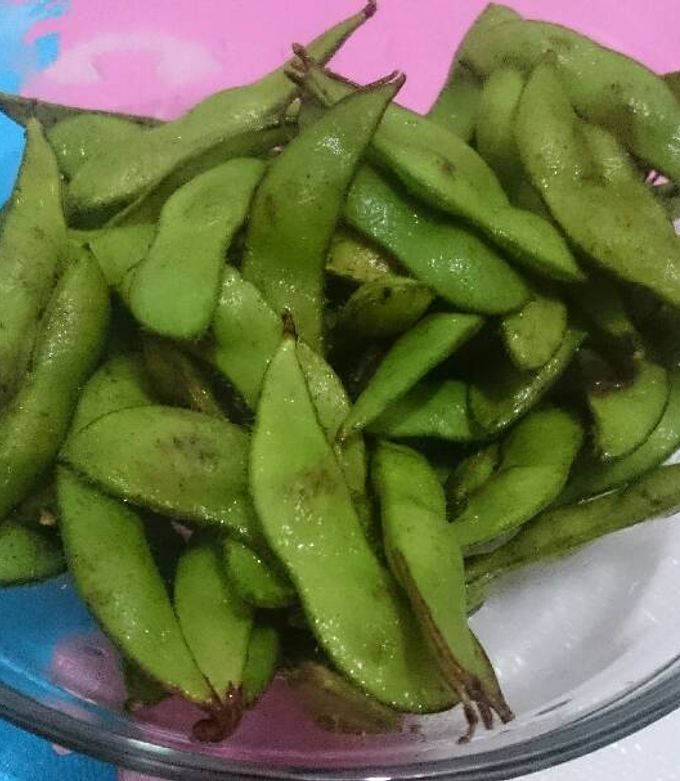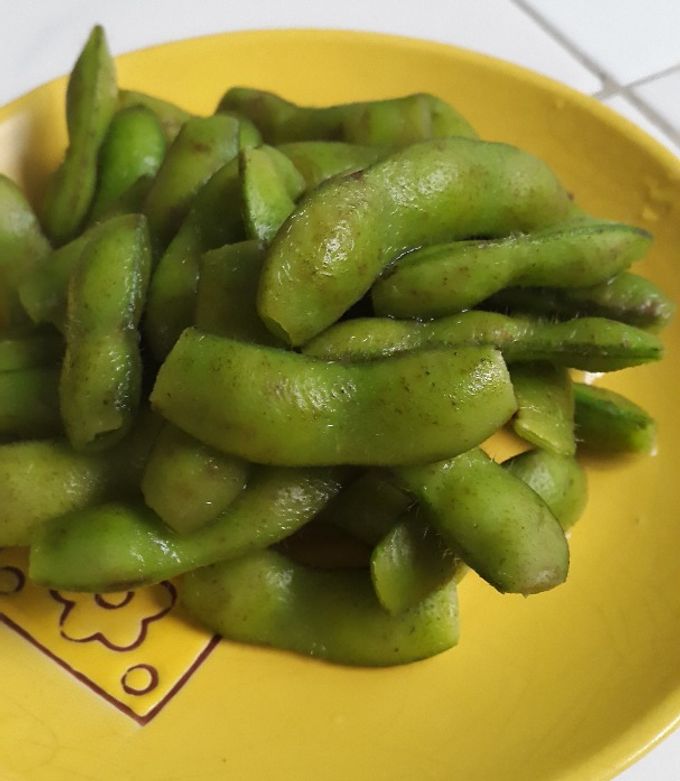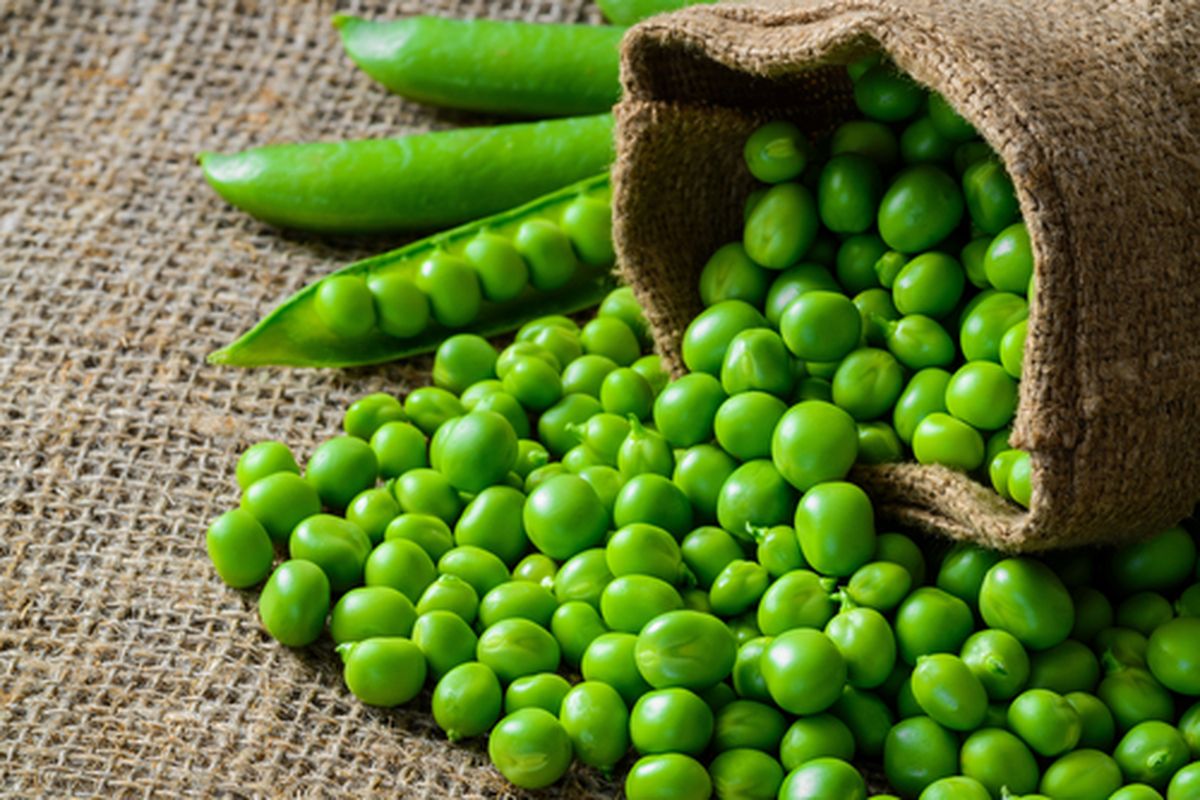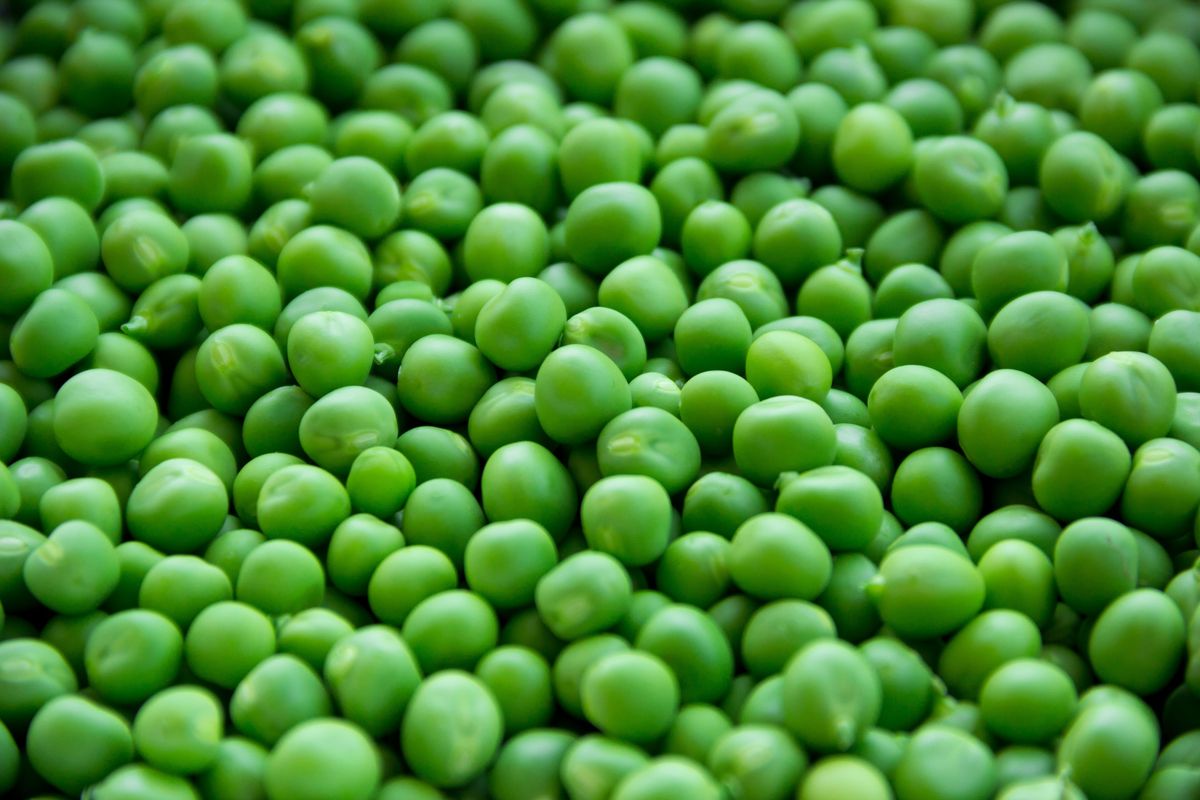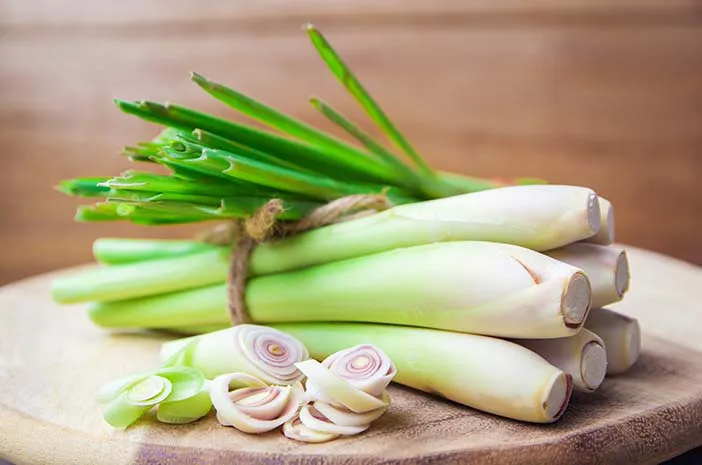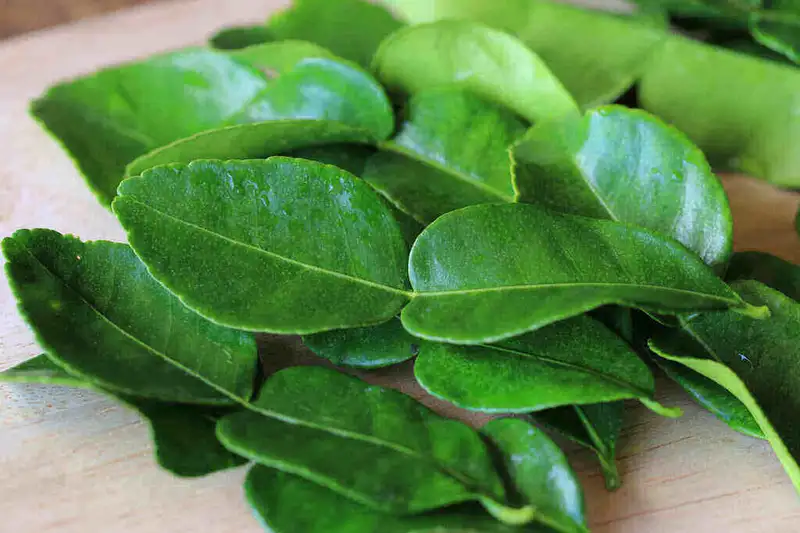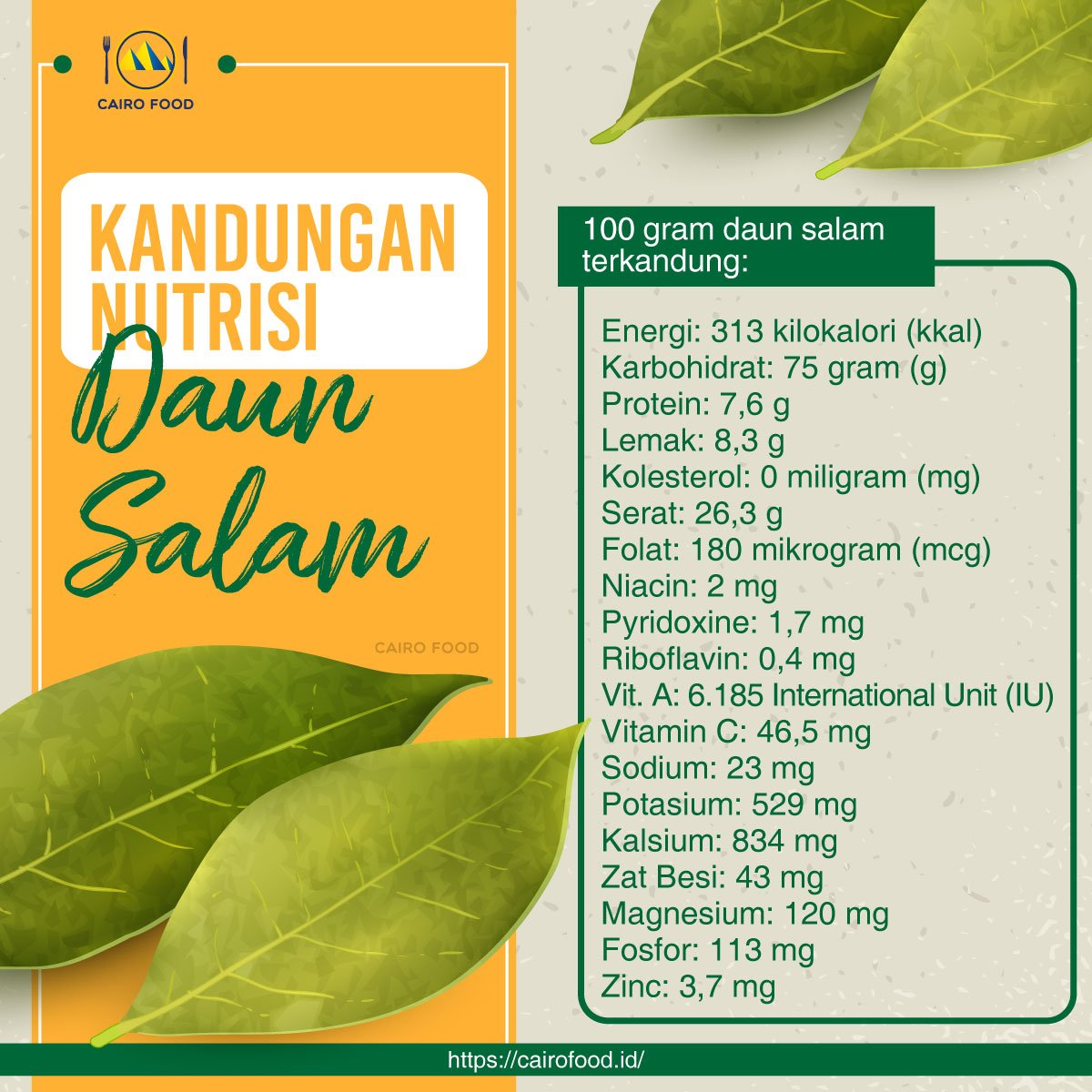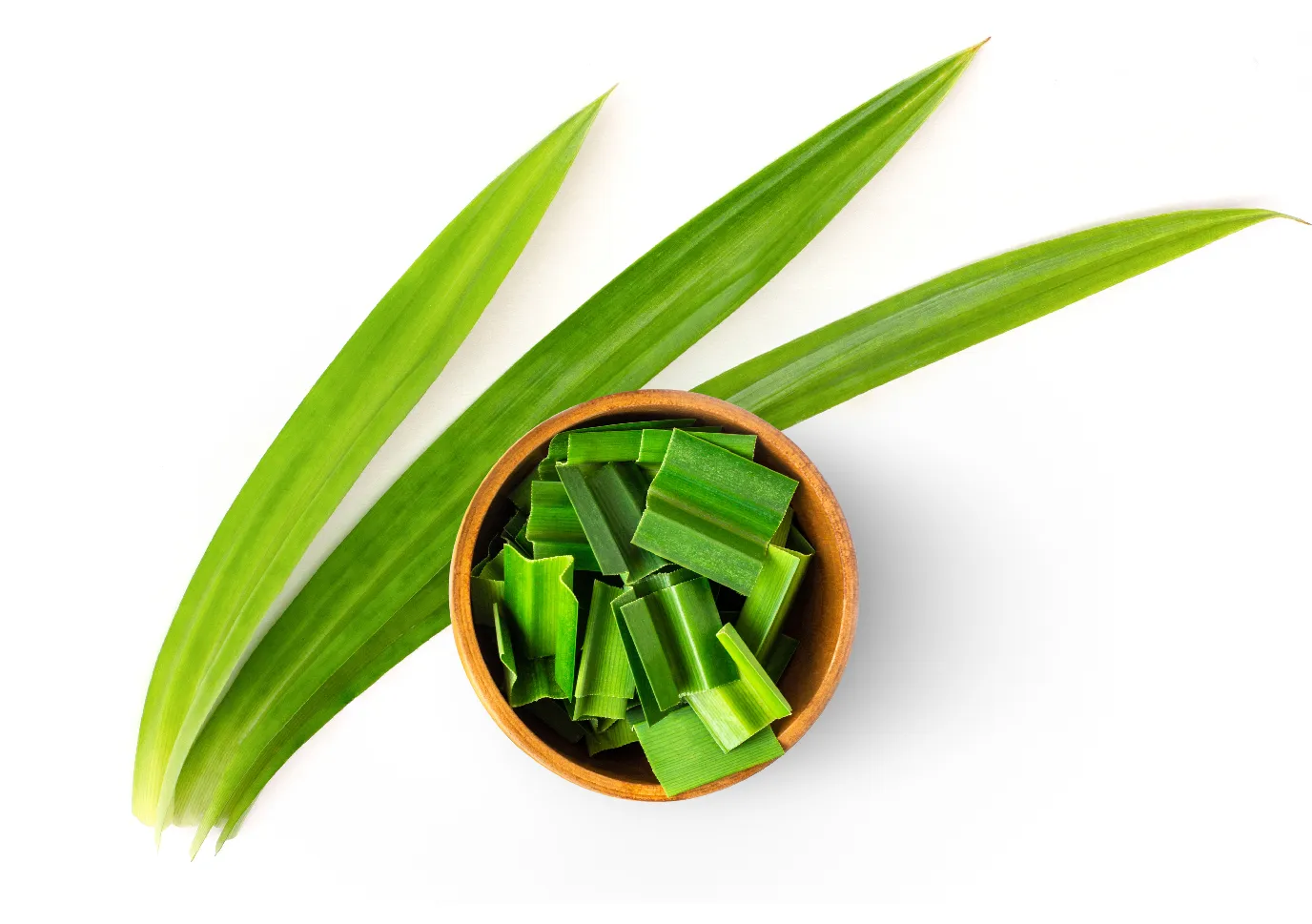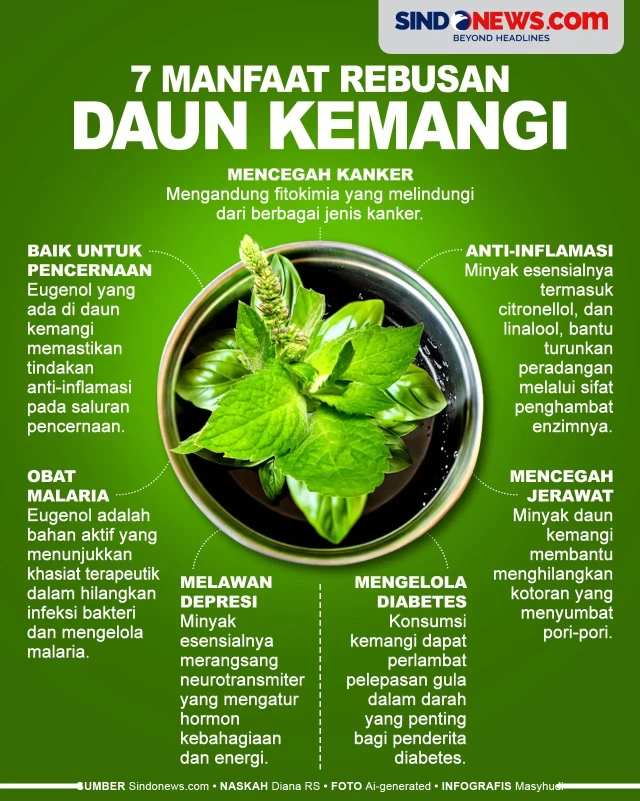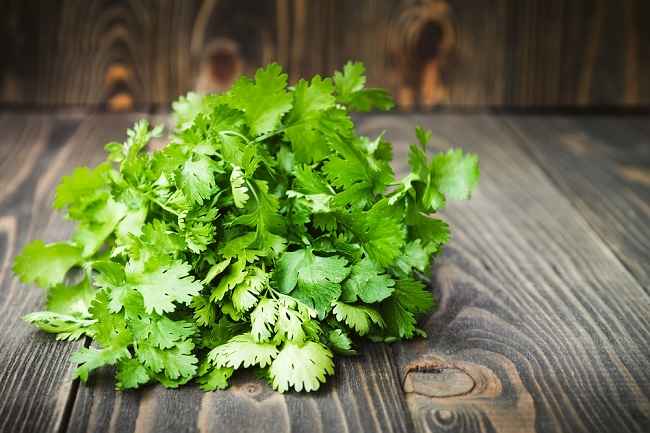Sayuran Bit, commonly known as Swiss chard or simply chard, is a leafy green vegetable renowned for its vibrant colors and nutritional richness. Originating from the Mediterranean region, this versatile vegetable has been cultivated for centuries and has gained popularity worldwide due to its health benefits and culinary flexibility. Its distinct appearance, characterized by broad, colorful stems and dark green leaves, makes it a visually appealing addition to various dishes. As a nutrient-dense vegetable, Sayuran Bit offers a range of vitamins, minerals, and antioxidants, making it an excellent choice for health-conscious consumers. This article explores the origins, nutritional profile, cultivation methods, culinary uses, and future prospects of Sayuran Bit, providing a comprehensive overview of this remarkable vegetable.
Introduction to Sayuran Bit and Its Origins
Sayuran Bit, or Swiss chard, belongs to the Amaranthaceae family and is believed to have originated in the Mediterranean basin, particularly in regions surrounding the Alps, which is reflected in its alternative name, “Swiss chard.” Historically, it has been cultivated since ancient times, with evidence dating back to the Roman Empire. Its popularity spread across Europe and later to other parts of the world due to its adaptability and nutritional value. The plant thrives in temperate climates and can be cultivated in a variety of soil types, making it a versatile crop for both small gardens and large farms. The name “chard” is thought to derive from the French word “carde,” which refers to the plant’s edible leaves and stems. Over the centuries, different varieties of Sayuran Bit have been developed, each distinguished by stem color, leaf shape, and flavor profile.
The plant’s history is intertwined with traditional cuisines across Europe, North Africa, and the Middle East, where it has been used in stews, soups, and salads. Its cultivation was historically driven by its high nutritional content and ease of growth. In recent decades, Sayuran Bit has gained recognition in health food circles around the world, appreciated for its rich vitamin and mineral content. Its ability to grow in cooler seasons allows for year-round harvests in many regions, further cementing its status as a staple leafy vegetable. Today, it is often included in organic and sustainable farming practices, emphasizing its environmental adaptability and health benefits.
The plant’s botanical characteristics include broad, crinkly leaves and thick, fleshy stems that can be white, yellow, red, or purple, depending on the variety. These stems are not only edible but also add visual appeal to dishes. Sayuran Bit is a biennial plant but is typically harvested as an annual for culinary purposes. Its cultivation requires minimal maintenance, making it accessible to both small-scale gardeners and commercial growers. As a crop that can be harvested multiple times throughout the growing season, it offers an efficient source of fresh produce for local markets and home gardens alike.
In terms of cultural significance, Sayuran Bit has been associated with traditional medicinal uses in various cultures, believed to aid digestion and promote overall health. Its legacy continues today as modern research explores its potential health benefits and culinary versatility. The plant’s adaptability, nutritional richness, and historical roots make it a fascinating subject for both gardeners and food enthusiasts. Recognizing its origins and cultural importance enhances appreciation for this resilient and nutritious vegetable, which remains a vital component of diverse culinary traditions worldwide.
Nutritional Profile and Health Benefits of Sayuran Bit
Sayuran Bit is a powerhouse of nutrients, offering a wide array of vitamins, minerals, and phytochemicals that contribute to overall health. It is particularly rich in vitamins A, C, and K, which support immune function, skin health, and blood clotting. The high vitamin K content is especially notable, as it plays a crucial role in bone health and cardiovascular function. Additionally, Sayuran Bit provides significant amounts of magnesium, potassium, iron, and manganese, essential minerals involved in muscle function, oxygen transport, and metabolic processes. Its dietary fiber content aids digestion and promotes a feeling of fullness, making it a valuable addition to weight management diets.
The vegetable is also packed with antioxidants, including beta-carotene, flavonoids, and polyphenols, which help combat oxidative stress and reduce inflammation in the body. These compounds have been linked to a lowered risk of chronic diseases such as heart disease, diabetes, and certain types of cancer. The presence of betalains, pigments found in the stems of some varieties, adds to its antioxidant properties and provides anti-inflammatory benefits. The combination of these nutrients makes Sayuran Bit a beneficial food for maintaining overall health and preventing nutritional deficiencies.
Research indicates that regularly consuming leafy greens like Sayuran Bit can improve cardiovascular health by reducing blood pressure and cholesterol levels. Its high magnesium content supports healthy muscle and nerve function, while iron contributes to preventing anemia. The vitamin K and calcium in Sayuran Bit are essential for maintaining strong bones, especially important for aging populations. Furthermore, its bioactive compounds have been studied for their potential neuroprotective effects, suggesting benefits for cognitive health. As a low-calorie, nutrient-dense food, Sayuran Bit is ideal for those seeking to enhance their diet without excess calories.
In addition to its physical health benefits, Sayuran Bit has been associated with improved gut health due to its fiber content. The dietary fiber promotes healthy digestion, regular bowel movements, and can help prevent constipation. Its anti-inflammatory and antioxidant properties may also support immune function, reducing susceptibility to infections. Some studies suggest that the phytochemicals present in Sayuran Bit have detoxifying effects, aiding the body’s natural cleansing processes. Overall, incorporating Sayuran Bit into a balanced diet can contribute significantly to maintaining health, preventing disease, and supporting overall well-being.
Given its nutritional profile, Sayuran Bit is often recommended by nutritionists and healthcare professionals as part of a healthy diet. Its versatility allows it to be easily incorporated into various meals, from salads to stews, maximizing its health benefits. As research continues, new insights into its potential therapeutic properties are emerging, further highlighting its importance as a functional food. Its rich nutrient content combined with its ease of consumption makes Sayuran Bit an outstanding choice for promoting long-term health and vitality.
Common Varieties and Cultivation Methods of Sayuran Bit
Sayuran Bit encompasses a diverse range of varieties, each distinguished by stem color, leaf shape, and flavor profile. The most common types include white-stemmed, red-stemmed, and yellow-stemmed chard, with some varieties also displaying purple or rainbow-colored stems. The taste can vary from mildly bitter to sweet and earthy, depending on the specific cultivar. Leaf shapes can be broad and flat or crinkly, with some varieties having more tender leaves suitable for raw consumption, while others are better suited for cooking. The choice of variety often depends on the intended culinary use, aesthetic preferences, and growing conditions.
Cultivation methods for Sayuran Bit are generally straightforward, making it an accessible crop for both novice and experienced gardeners. It prefers well-drained, fertile soil with a pH between 6.0 and 7.0. The plant thrives in full sun but can tolerate partial shade, especially in warmer climates. Before planting, soil should be enriched with organic matter such as compost or aged manure to promote healthy growth. Seeds are typically sown directly into the ground or started indoors for transplantation. The plant requires consistent moisture, especially during germination and early growth stages, to ensure vigorous development.
Propagation of Sayuran Bit is primarily through seeds, which can be sown directly into the garden or started indoors six to eight weeks before the last frost date. Thin seedlings to allow adequate space for growth, usually about 12 to 18 inches apart. Regular watering, mulching, and weed control are essential for healthy plants. Some growers practice successive planting every few weeks to ensure a continuous harvest throughout the growing season. Pest management is generally minimal, with common issues including aphids and leaf miners, which can be controlled through organic methods. Harvesting begins about 50 to 60 days after sowing, once the leaves and stems reach the desired size.
In terms of cultivation practices, Sayuran Bit benefits from crop rotation and companion planting to enhance soil health and reduce pest problems. It can be grown alongside other vegetables like carrots, beans, and lettuce. For larger-scale production, planting in raised beds or using drip irrigation can optimize growth conditions and water efficiency. To promote tender leaves and stems, some growers remove older leaves and stems during the growing season. Proper harvesting techniques, such as cutting leaves at the base or harvesting entire plants for a more extended yield, are important for maintaining plant health and productivity.
Controlled environment cultivation, such as greenhouse or indoor farming, has also become popular, allowing for year-round production regardless of external weather conditions. Hydroponic systems are increasingly used for Sayuran Bit, providing precise control over nutrients and water. These methods can lead to faster growth and higher yields, making the vegetable accessible to urban and indoor gardeners. As sustainable practices gain momentum, organic cultivation methods are emphasized, avoiding synthetic fertilizers and pesticides to produce healthier and more environmentally friendly produce. Overall, the diversity of varieties and adaptable cultivation methods make Sayuran Bit a versatile and sustainable crop choice.
Step-by-Step Guide to Growing Sayuran Bit at Home
Growing Sayuran Bit at home is a rewarding process that requires minimal space and effort, making it suitable for home gardeners of all levels. Begin by selecting a suitable location that receives full sun for at least six hours daily. Prepare the soil by loosening it and enriching it with organic compost or well-rotted manure to ensure adequate nutrients. If starting from seeds, sow them directly into the prepared soil about ½ inch deep, spacing the seeds 12 to 18 inches apart to allow room for growth. Water the soil gently to keep it consistently moist but not waterlogged, which is essential for germination and healthy root development.
Once the seedlings emerge, usually within 7 to 14 days, thin them out to the recommended spacing, removing weaker seedlings to give remaining plants room to grow. Maintain regular watering, especially during dry spells, and mulch around the plants to conserve


